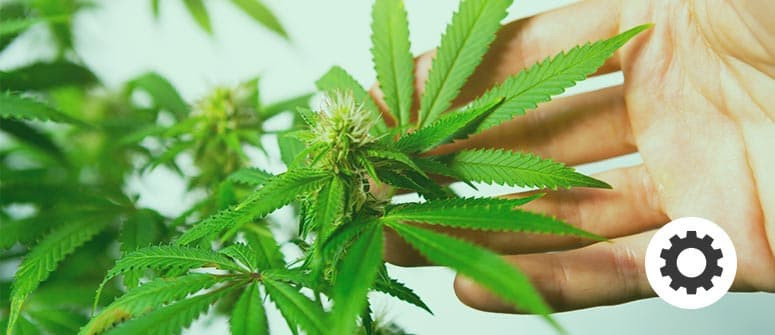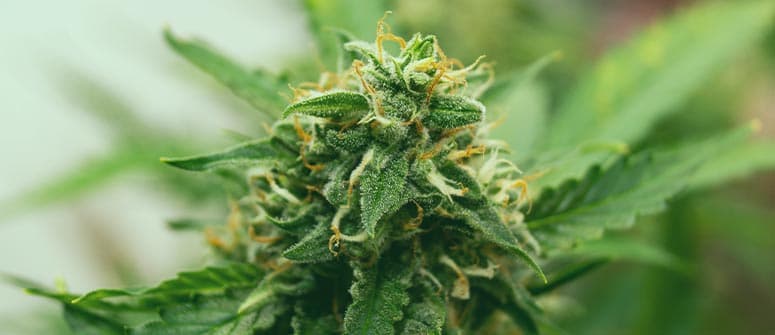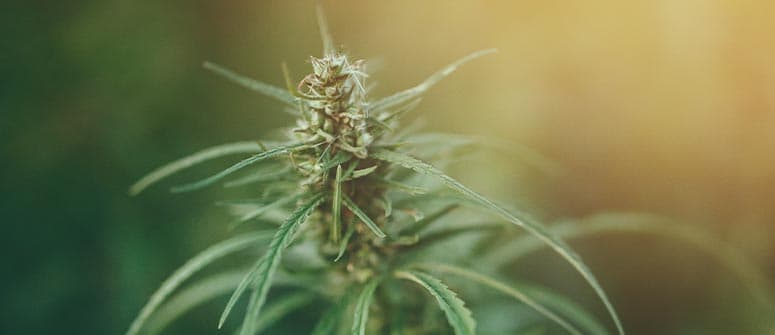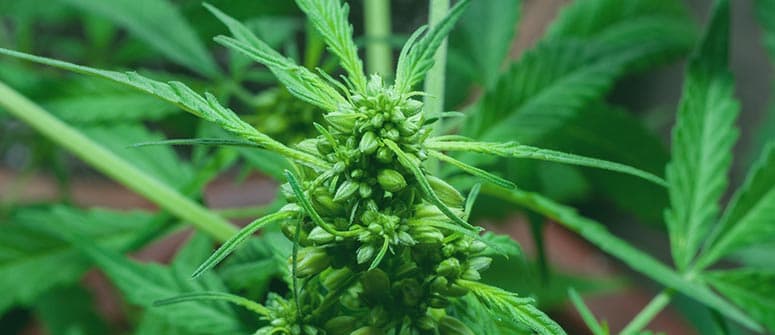How to create autoflowering cannabis strains

Here we delve into the world of autoflowering genetics, and explore how to breed your own autoflowering cannabis seeds! Complex, interesting, and certainly a labour of love, this practice falls at the advanced end of the cannabis cultivation spectrum.
Contents:
Autoflowering cannabis is very common these days. And, what’s more, its quality has surged in recent years. Though it can’t quite compete with the biggest and strongest photoperiod plants, it can still deliver results that will satisfy most growers. Moreover, the speed and ease of growing autos compared to photos makes them a simple choice for many growers.
But what about breeding your own? How are autoflowering cannabis seeds made? Find out how to breed your autoflowering cannabis here.
What is autoflowering cannabis?

Autoflowering cannabis is a type of cannabis that, as the name suggests, is able to flower automatically. Why would you want this? Auto cannabis strains tend to be much faster, and a little more hands-off, compared to normal, photoperiod strains.
This means that autoflowering seeds grow into plants that are comparatively easier to grow, and their speed means that growers can squeeze in extra harvests, or just secure a faster one. The flip side is that auto strains tend to yield less than photoperiod ones, and are a little less potent. That being said, this is changing.
How does autoflowering cannabis differ from photoperiod cannabis?
These are the general traits of autoflowering cannabis plants, compared to photoperiod:
- Shorter life cycles, sometimes as little as 7 weeks
- Smaller, shorter stature
- Smaller yields, especially outdoors
- Slightly less potent than equivalent photoperiod strains, but only minimally
- Can’t handle high-stress training very well
- No need to alter light cycle; most growers maintain an 18/6 schedule throughout the entire grow
- Light leaks aren’t problematic during the flowering stage
- Generally robust and easy to grow
In comparison, here are the traits of photoperiod cannabis plants:
- Longer life cycle, with longer/indefinite vegetative stage
- Potentially very large growth, especially outdoors
- Huge yields; bigger plants mean bigger yields
- Can be highly potent
- Handle high-stress training better due to long veg stage
- Require specific light cycles to enter the flowering phase (12/12)
- Light leaks during flowering can be very problematic
- Some strains can be very fragile and require careful cultivation
How to create autoflowering cannabis strains

Despite paling in comparison slightly when it comes to potency and yield, autoflowering strains are preferred by many over photoperiod strains, simply given their ease and speed. There are now thousands of autoflowering seeds on the market, but what if you want to create your own? Depending on how you go about it, breeding your own auto seeds can range from difficult to very difficult. Below, we’ll cover the basics of how to get started, and what’s needed to achieve success.
What is ruderalis?
To understand anything about how autoflowering seeds are created, you have to know about Cannabis ruderalis. This is a subspecies of cannabis that hails from the icy reaches of the far north, specifically Siberia. However, though brief, summers there are warm and bright; incredibly bright, actually, with up to 24 hours of light each day. So in order to flower under these conditions, the local cannabis evolved its own genetic clock by which it begins flowering. Relying on light levels to trigger flowering is difficult when it’s light all the time.
So ruderalis flowers automatically, regardless of environmental stimuli—hence the term “autoflowering”. However, besides this great trait, wild ruderalis has little else to offer the THC-obsessed weed smoker. With very little in the way of psychoactive chemicals, and yielding very little flower, these plants aren’t much use on their own. If, however, you take the genes responsible for making them autoflowering, and cross them with the high-yielding, high-potency genes of photoperiod indica and sativa plants, then something quite special happens.
Selective breeding
The simplest method to create autoflowering seeds is to crossbreed two autoflowering strains. The reason this is easier is that autoflowering genes are recessive, meaning it takes a lot of backcrossing to stabilise them. Therefore, a stable autoflowering strain is the result of lots of hard work—you can’t make one in a single generation! More on this shortly.
By using two existing strains, you can pick plants with traits that you like, and see what happens when you mix those genotypes together.
To do this, you’ll need male and female plants. Herein lies this method’s main problem: regular autoflowering seeds can be hard to come by. They generally are sold as feminized seeds, which means you can’t breed from them—and their tough genetics makes turning them into hermaphrodites difficult too.
The simplest way to go about breeding is to just let male and female plants grow together in the same place. If there are males there, they’ll pollinate the females for sure. Just know that they’ll pollinate everything (for up to 10 miles around), so if you’re also growing a crop of bud to harvest, keep it well-sealed. In fact, for the sake of any other growers around you, keep your males well-sealed too!
How to make a photoperiod strain autoflowering
Creating a single generation of autoflowering seeds is pretty easy. We’ll show you how here, and then go on to explain how to overcome recessive genes in the following section.
- You’ll need a male autoflowering plant and a female photoperiod plant. The male should be as close to pure ruderalis as possible, otherwise the dominant photoperiod genes will just come back.
- When the male plant(s) begins to develop pollen sacs, place and seal a ziplock bag over them, so the pollen can’t escape. Shake it occasionally to release pollen from the sacs into the bag.
- Once the females develop fertile pistils, they can be fertilised. This will likely be a week or two later than the males are mature. Remove the ziplock bags from the males, place them over the females’ flowers, and gently shake. Now, leave them for around two hours. This will ensure pollination.
- Over the next few weeks, the females will develop seeds, which can then be grown into a mixture of male and female autoflowering plants. But note that any seeds those plants produce will become photoperiod again unless both parents are autoflowering (or one parent is a stable male autoflower).
What are recessive genes?
The reason that autos struggle to hold onto their autoflowering traits is that they come from recessive genes. Recessive genes will always lose out to dominant genes, if dominant genes are present. For instance, if a person with brown eyes and a person with blue eyes have a baby, then the baby will always grow up to have brown eyes, because blue eyes come from a recessive gene.
In order to maintain autoflowering traits, autoflowering plants must be bred with other autoflowering plants or stable males. If not, then the dominant photoperiod genes will return.
Backcrossing
Stabilisation isn’t just about retaining autoflowering traits, but about bringing out high-quality photoperiod traits too.
An unstable genotype can express many phenotypes. For instance, a first-generation creation from a Haze mother and a ruderalis father might produce seeds that grow into many different phenotypes. Some of these might be potent, while others might be far more like the ruderalis.
To ensure that every seed is of a high quality, a strain needs to be backcrossed over several generations.
There are two ways to do this.
First, clones of a plant with desirable traits can be taken and bred with each other to create stable offspring. Sadly, this isn’t much of an option with autos, as cloning them isn’t very effective, since you can’t control the length of the vegetative stage.
So, you have to opt for the second option; breeding them with a parent! Suddenly incest doesn’t seem so taboo in the pursuit of high-THC bud.
Pick a plant with desirable traits, and pollinate it with the father’s pollen. The father will probably be dead by this point, so make sure to keep plenty of extra pollen—you’ll need it for the grandchildren too. With each following generation of plants, the traits you are selecting will become more ingrained. Eventually, this selectively bred genotype will be stable enough to breed normally, as unwanted phenotypes will have been bred out.
Creating autoflowering strains: Is it worth it?

In reality, creating your own auto strains is only worth it if you’re passionate about breeding cannabis and are up for a very hands-on project. If you just want some autoflowering seeds, you’d be much better off buying them from a quality cannabis seed bank.
Breeding two autos together can be good fun, and isn’t too much trouble. In this instance, you should hopefully achieve good results from the first batch of seeds (though it depends on how much ruderalis is present in each of the parents).
Breeding autos from photoperiod plants is highly advanced, and really a labour of love. If you want a serious project during which you’ll come to understand a lot about how plants breed and genes transfer, then it’s a great project to undertake. If you just want to create a fast-flowering plant that delivers high-quality bud, it’s probably a counterproductive method!




